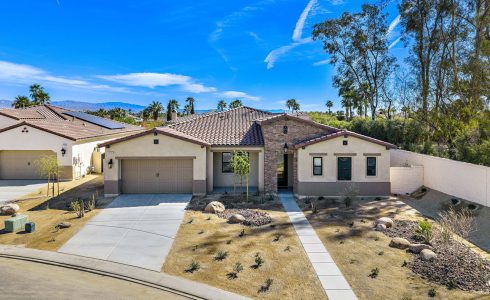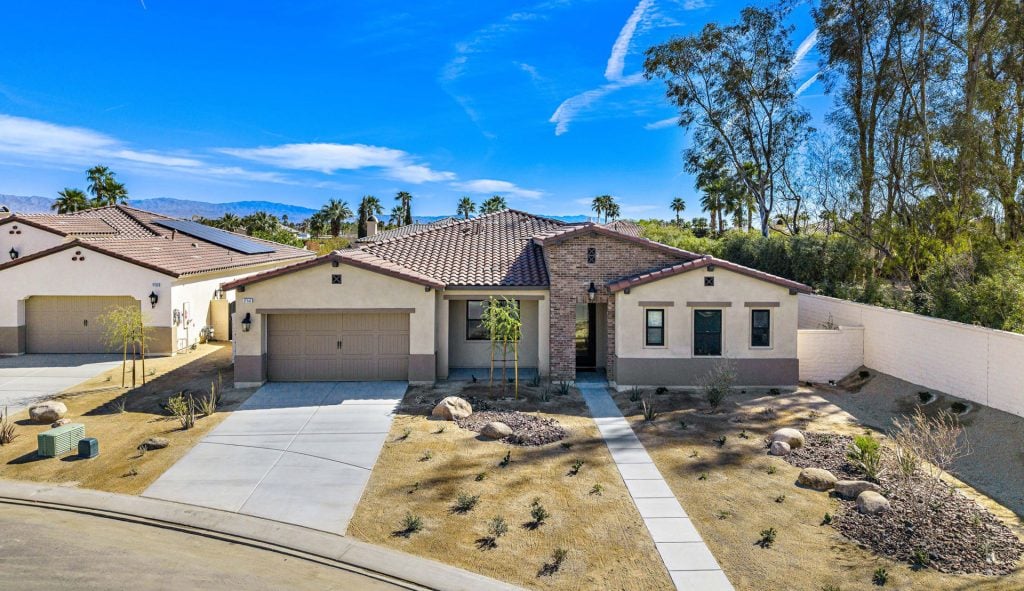

Buying a new home while selling your current one can feel overwhelming, but with the right strategy, it’s entirely possible. Many homebuyers face the challenge of securing their dream home while making sure their existing property sells smoothly and on time.
The key is to plan carefully and understand how to manage timing, finances, and market trends. This guide will explain everything you need to know to buy and sell a home at the same time, helping to make your move as smooth and stress-free as possible.
Understanding the Market
Before buying and selling a home at the same time, it’s important to assess your local housing market. Is it a buyer’s market or a seller’s market? Knowing this will help you plan your approach.
Buyer’s Market
A buyer’s market happens when there are more homes for sale than buyers. Here’s how it affects you:
- Sellers are more likely to accept offers with contingencies, meaning your purchase can depend on selling your current home.
- You’ll have more options and less competition, giving you time to make decisions.
Seller’s Market
A seller’s market occurs when there are more buyers than available homes. Here’s what to keep in mind:
- Competition is tougher, so you may need to make a stronger, non-contingent offer to secure a home.
- Selling your current home will likely be faster, but finding your next one could be more difficult.
How Market Conditions Affect Your Plan
In a seller’s market, focus on selling your home first to take advantage of high demand and prices. In a buyer’s market, it’s often better to secure your next home first, so you’ll have a place to move into, as selling your home might take longer.
Financial Preparation
Buying and selling a home at the same time takes careful financial planning. Here’s how to get started:
Determine Your Home’s Resale Value
First, figure out what your home is worth. Work with an experienced real estate agent who can give you an accurate estimate based on market trends and similar homes in your area. Don’t forget to factor in costs like closing fees, agent commissions, and any expenses for repairs or staging.
Understand Your Mortgage Options
Talk to your lender about your financial situation and explore options like:
- Bridge Loans: Short-term loans to cover the down payment on your new home while waiting for your current home to sell.
- Home Equity Line of Credit (HELOC): Access your home equity as a line of credit for a down payment. Keep in mind, you’ll need to secure this before listing your property, as HELOCs are no longer available once your home is on the market.
Check Your Credit Score
Your credit score affects the mortgage terms you qualify for. If your score needs improvement, addressing any issues ahead of time could save you thousands over the life of your loan.
Working with Professionals
The role of an experienced real estate agent, attorney, and mortgage lender is crucial in this process.
Real Estate Agent
A skilled agent helps with pricing, timing, and negotiations. They’ll guide you in preparing your home for sale and manage listings and viewings. If you’re buying and selling in the same area, using the same agent for both can make things simpler.
Real Estate Attorney
For more complicated transactions, hiring a real estate attorney can give you peace of mind. They’ll review contracts and make sure all legal details protect your interests.
Mortgage Lender
Your mortgage lender is key to understanding your financial options. Be upfront about your plans so they can provide solutions that fit your needs.
Options for Buying Before Selling
If you’re planning to buy your next home before selling your current one, you’ll need to consider short-term financing options. Here are some common choices:
Bridge Loans
These are short-term loans that help cover the down payment for your new home while you wait for your current home to sell. Bridge loans offer quick access to funds so you can act fast on a new home, however, they typically come with higher interest rates and fees compared to regular loans.
HELOCs (Home Equity Line of Credit)
You can use the equity in your current home to finance the down payment for your next home. HELOCs are flexible and often have lower interest rates than personal loans. It’s important to know that this option adds another repayment obligation and requires significant equity in your home to qualify.
Low-Down-Payment Mortgages and Recasting
Some lenders offer mortgages with lower down payments, letting you buy your new home with less upfront. Once you sell your current home, you can use the proceeds to pay down the new mortgage and request a recast to reduce your monthly payments.
Cash-Out Refinance
Refinance your current mortgage to access cash for a down payment. Whether this makes sense depends on your current mortgage terms.
Borrowing from Retirement Accounts
You can borrow from your 401(k) or similar retirement accounts to fund a down payment. However, be aware of potential tax penalties and repayment requirements if you default.
Savings
If you have enough savings, using them for your down payment is a straightforward option that avoids taking on additional debt.
Options for Selling Before Buying
Many homeowners choose to sell their current home before buying a new one. If that’s your plan, here are some short-term living options to consider while you search for your next home.
Short-Term Rentals
Flexibility is important when selling first. Look for rentals with short leases or month-to-month options so you can move quickly once you find your next home.
Extended Stay Options
Extended stay hotels or corporate housing provide furnished, temporary housing and can save you the hassle of multiple moves.
Staying with Family or Friends
If possible, staying with family or friends is a budget-friendly option. While it may mean moving twice, it can help ease financial stress during the transition.
Timing Strategies
Coordinating the timelines for selling your current home and buying a new one can be tricky. Here are some simple strategies to help keep everything on track:
Sync Your Closing Dates
Work with your real estate agent to align the closing dates for both transactions. Scheduling back-to-back closings can make things easier by using the proceeds from your sale to fund your purchase right away.
Consider Rent-Back Agreements
If needed, negotiate a rent-back agreement with the buyers of your current home. This lets you stay in the house for a set period after closing while paying rent to the new owners.
Buying and Selling Made Simple
The process of buying and selling a home at the same time might feel daunting, but with careful planning and professional guidance, it’s entirely achievable.
Above all, remember that flexibility is your greatest asset. Whether you’re coordinating closing dates or considering alternative programs, staying adaptable ensures you can respond to the inevitable surprises of the real estate market.
With the right approach, you can successfully manage this balancing act and move confidently into your new home.
Williams Homes builds new home communities throughout California, Idaho, Montana, and Texas in places you’ll love to live. Visit us at WilliamsHomes.com to learn more about our available quick move-in homes and new home communities.